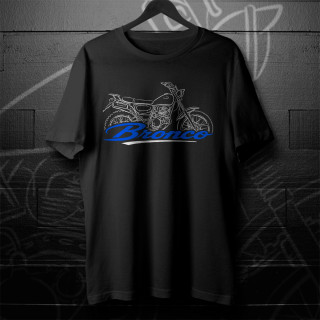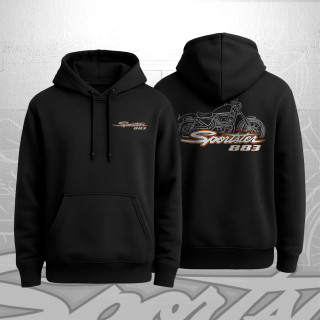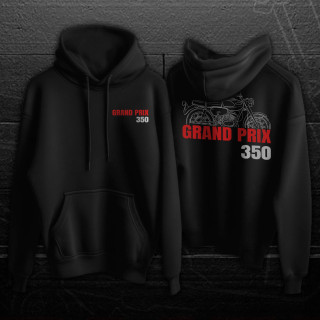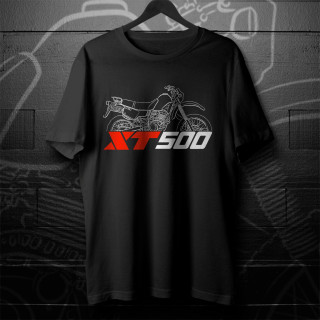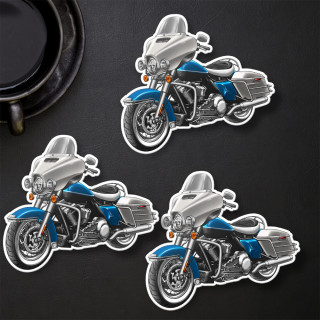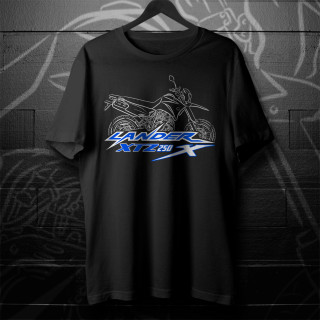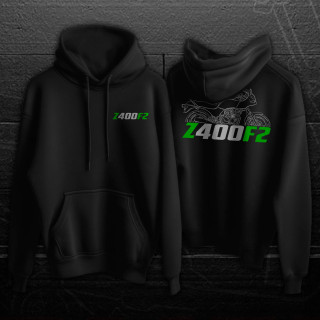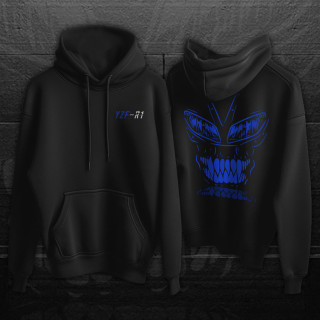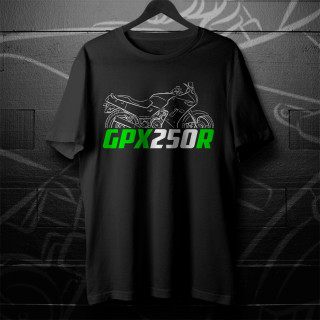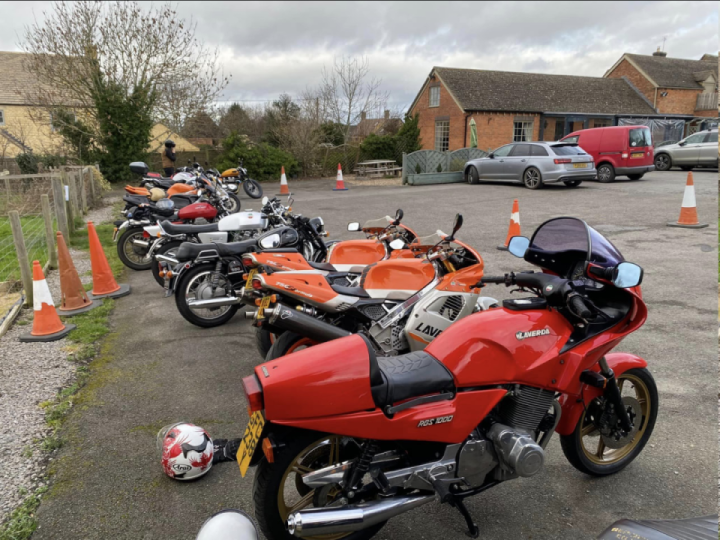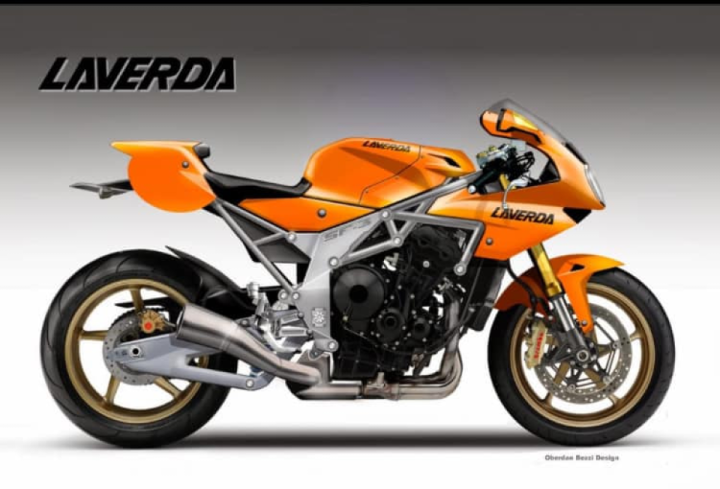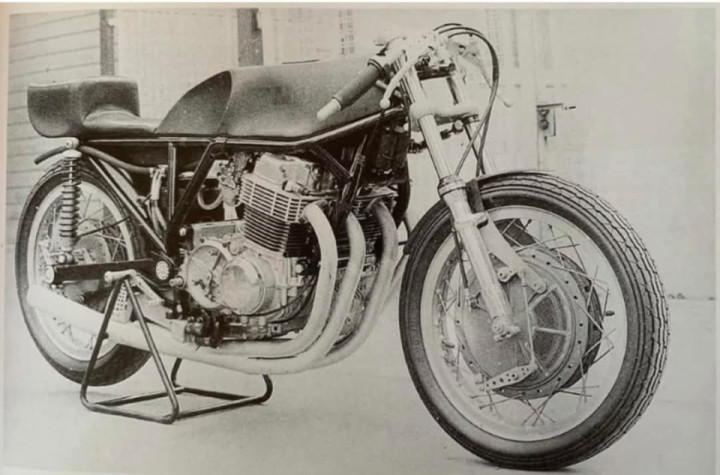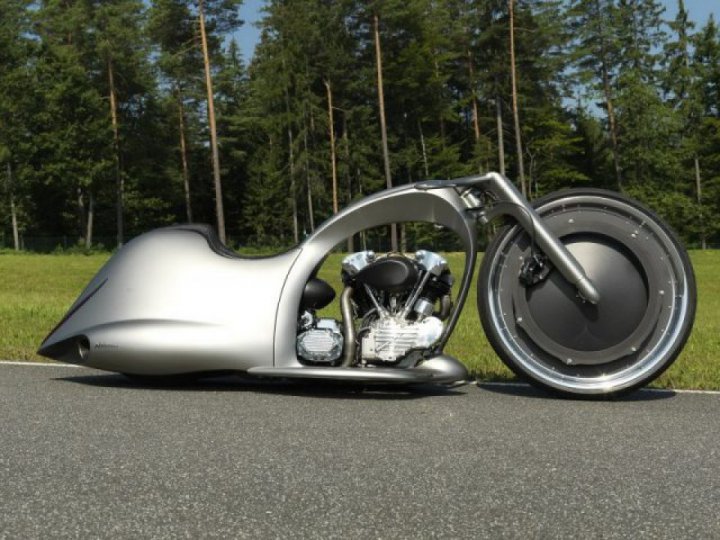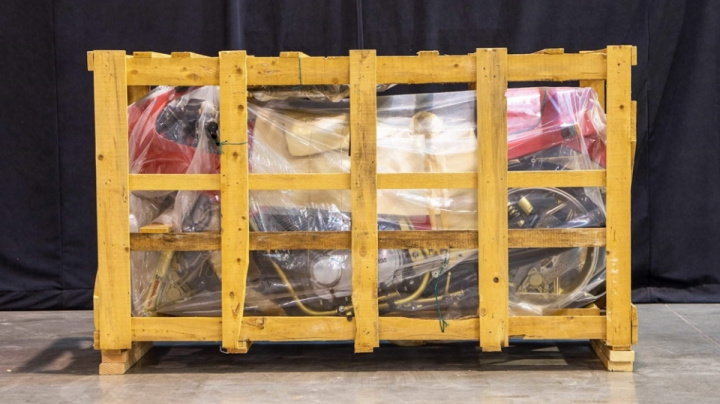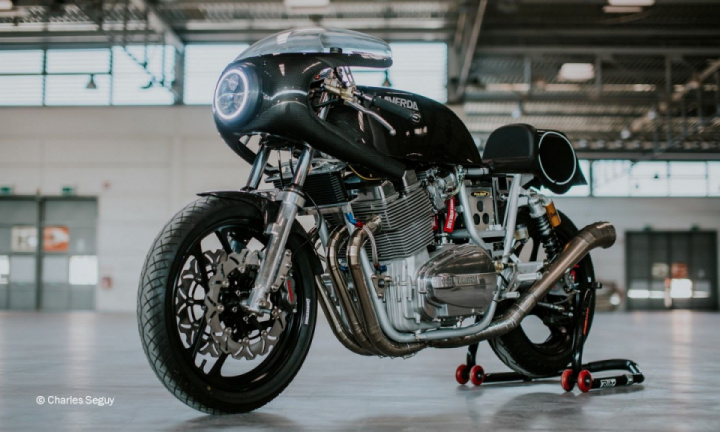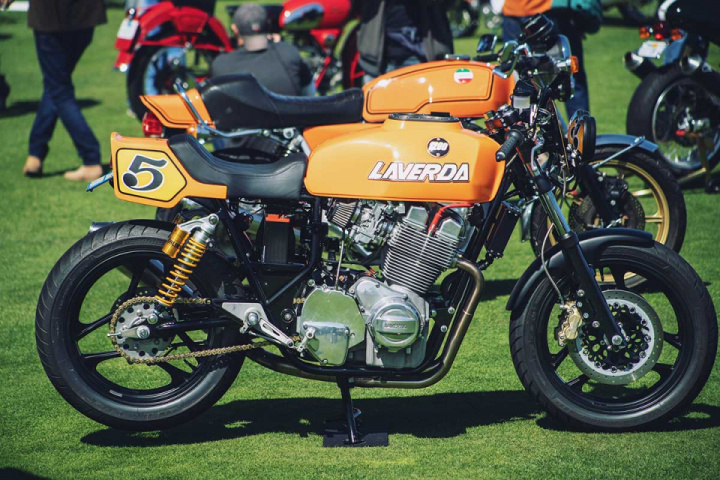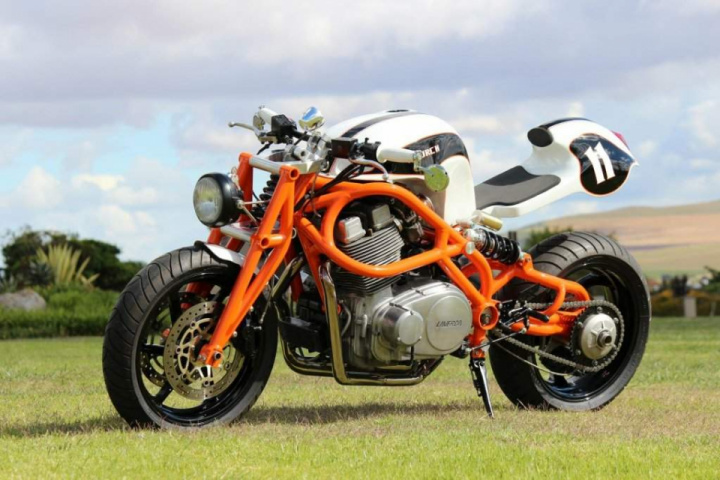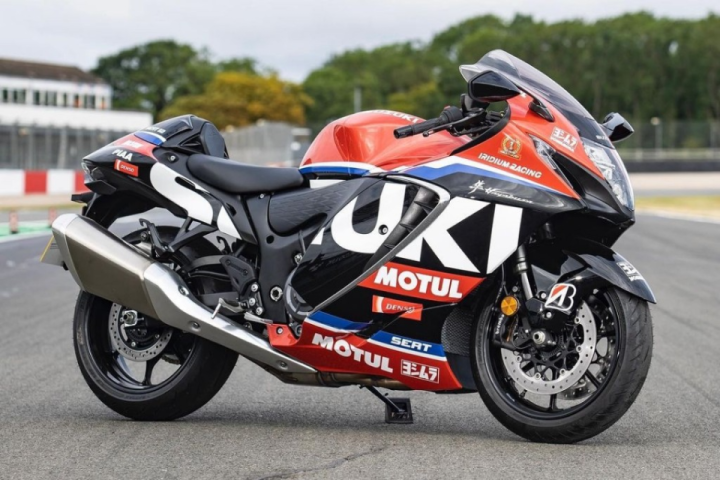
One-of-a-kind Laverda V6
Moto Laverda might not be making motorcycles anymore, but there is still a lot to admire about the Breganze, Italy, company. Their 750cc double-overhead cam twins produced relatively modest power, but with a fat torque curve that just kept on delivering. And in the early 1970s, Laverda twins were virtually unbeatable on the long distance production racing circuits of Europe thanks to their amazing endurance.
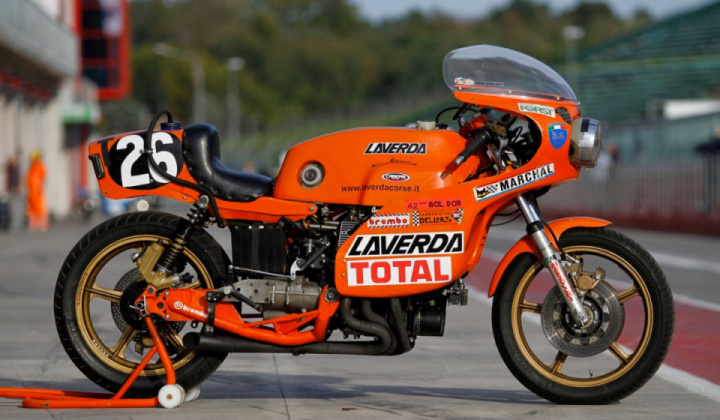
The arrival of the 1,000cc triple in 1973 opened a new chapter in the Laverda story, and the 3C (tre cilindri) would become the mainstay of Laverda production for the next 20 years. And when the legendary Jota, with its race cams and pistons pinched from the factory endurance racers, hit the road three years later, the 140mph projectile became an instant classic. Big, loud and orange, the Italian heavyweight scaled over 550lb (250kg) with a tank of gas, but the brute handled well — if you showed it who was boss. The Jota soon racked up a string of production race victories. But it wasn’t enough for Massimo Laverda. He wanted more.
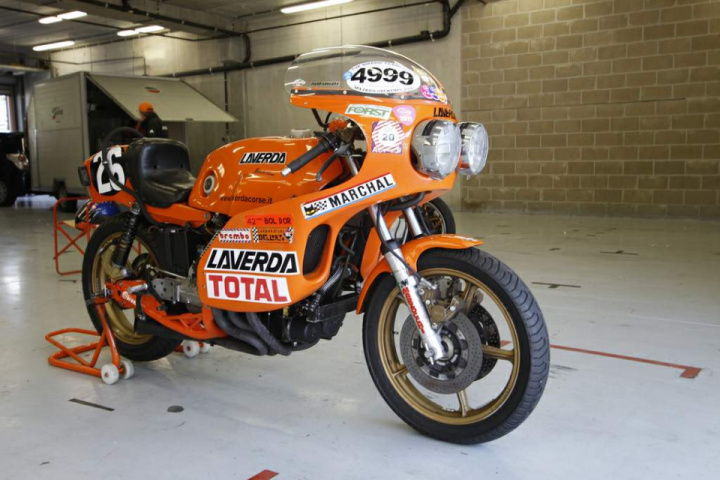
Massimo’s father, Francesco, established Moto Laverda in 1947, and introduced the company’s first bike, a 75cc single, in 1950. In the early 1960s Massimo visited the Land of the Free to find out where the market was going, and he came away with a lesson he never forgot: In America, Bigger is Better. And he knew that in America — one of Laverda’s most important markets — riders would go wild over a 1,000cc V6 motorcycle.

Beginnings of the V6
The plan was simple: build a prototype, prove it in endurance racing, and use the lessons learned to produce a new range of bikes. But first he needed an engine. That’s where Giulio Alfieri comes in. Alfieri had worked at Lamborghini and Maserati as technical director, and had years of experience with V6 power plants. In 1975, Alfieri was signed up, joining Laverda’s chief designer, Luciano Zen, and brothers Massimo and Piero Laverda one day a week to work on the project.
Just like the V6 Alfieri designed for Maserati, the water-cooled, short-stroke, six-cylinder he cooked up for Laverda featured a 90-degree vee with chains driving double overhead camshafts. The bore and stroke of 65mm x 50mm gave 996cc, and there were four valves per cylinder, each with a single 10mm spark plug. Sparks came courtesy of a Marelli electronic ignition unit plucked from a V12 Ferrari. Lucas fuel injection was tried at first, but was soon replaced with six specially made Del ‘Orto downdraft carburetors. Oil was carried under the seat, with two separate pumps for feed and scavenge mounted at the front of the crank.
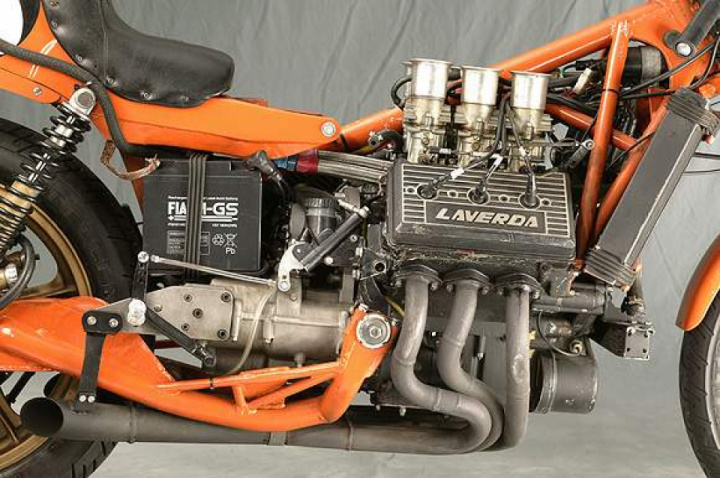
The engine formed the main part of the frame, but the rest of the cycle parts looked as if they came from the Breganze parts bin with Campagnolo wheels, Brembo discs and 38mm Marzocchi forks. Lav’s V6 featured an electric starter, twin headlamps from the Porsche 911 parts list and two huge radiators mounted on either side of the engine to take the heat out of the six Litresof water used in the cooling system.
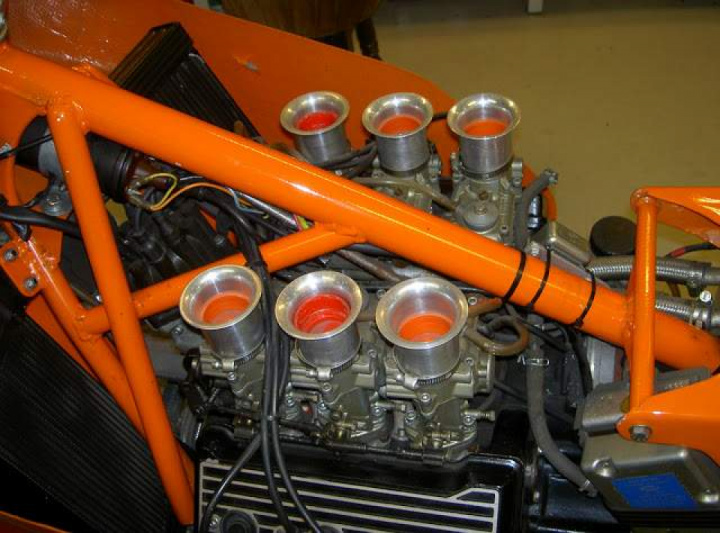
Produced in 1977-78, the Laverda V6 is powered by a DOHC, water-cooled, 1000cc, six-cylinder engine that makes 140 horsepower at 11,800rpm. Top speed is said to be 285km/h! Piero Laverda himself owns the bike and it's the only running example left. The bike is said to be insured by the Vintage Motorcycle Club for about US$500,000. There is one more Laverda V6, which lives in a Laverda museum in the Netherlands, but that bike is not in running condition.
#Race #Laverda #Sportbike #Moto


